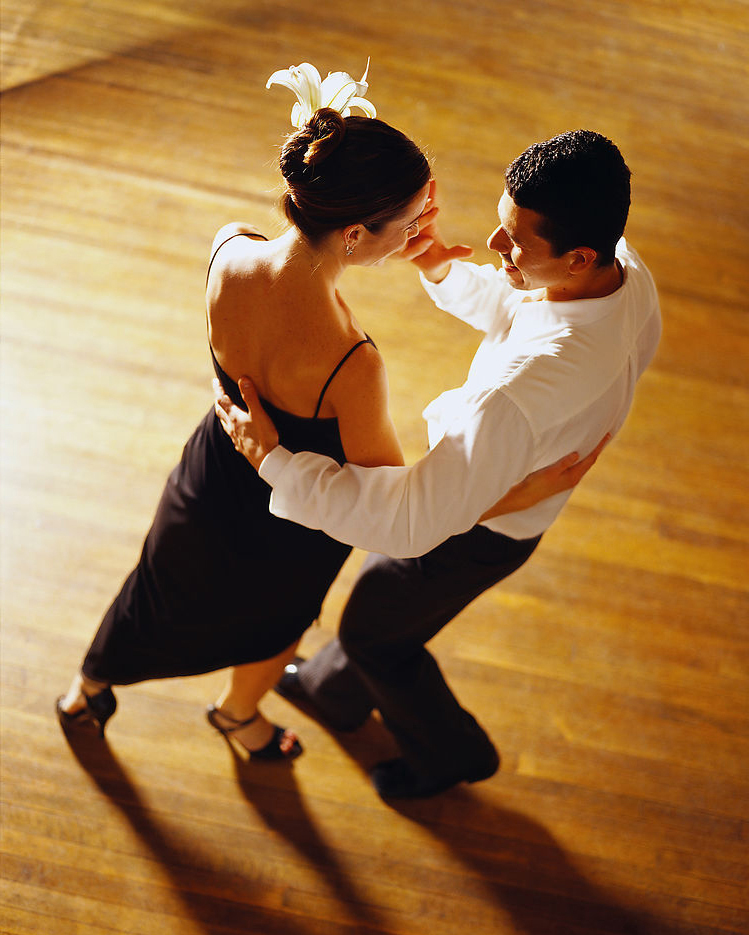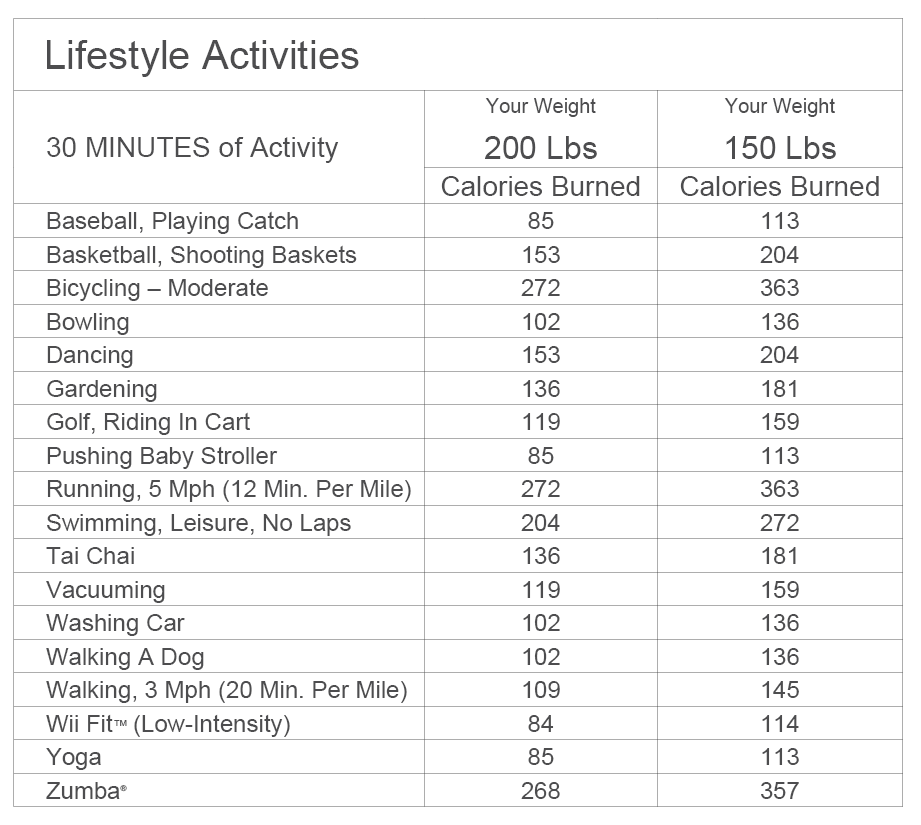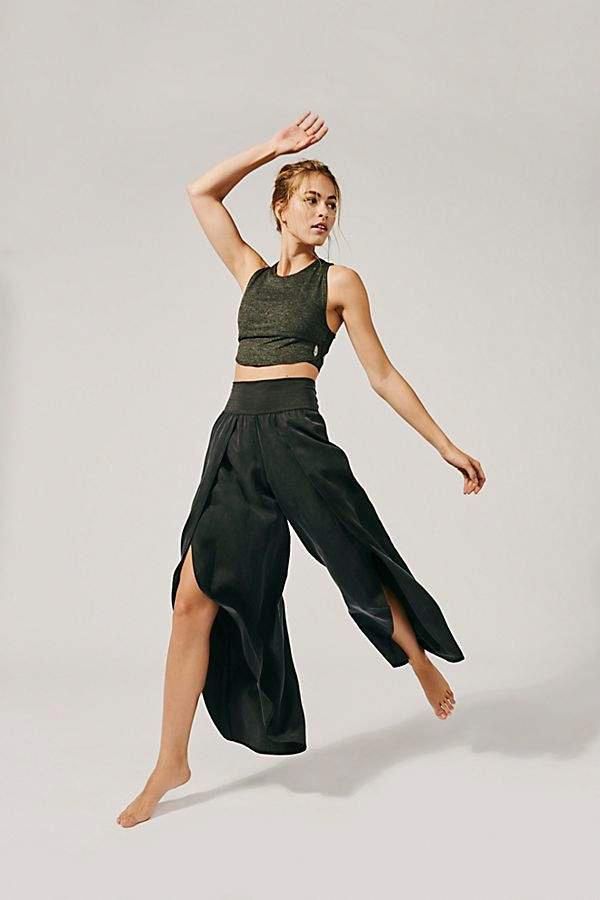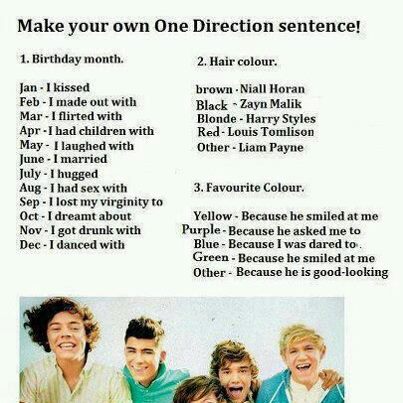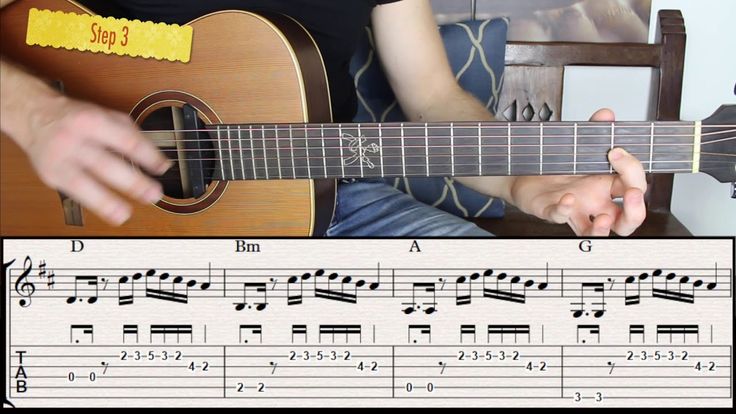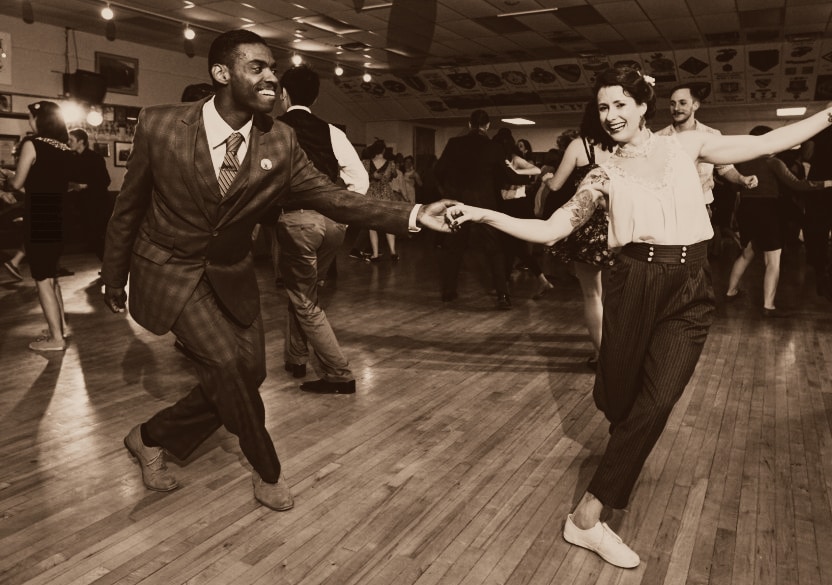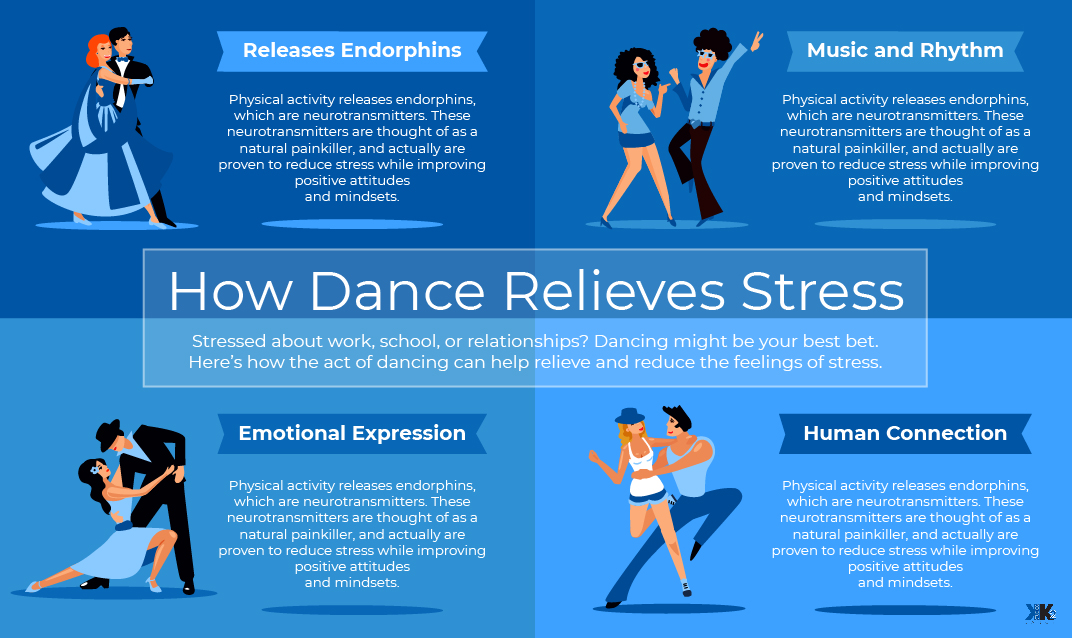How to dance merengue for beginners
How to Dance Merengue: A Beginner Dance Guide
Do you want to learn how to dance Merengue?
Merengue by JavierThe Merengue is a sensual Latin dance with a history dating back to the African slaves of the nineteenth century.
It is fair to say that Merengue doesn’t have as much as a following of other Latin dances for a very outdated reason.
Even though it is now considered a popular social dance in the Caribbean, for a long time it had a stigma attached to it.
The African-inspired drumbeat of the Merengue music meant it was viewed as improper.
Table of Contents
1
How to Dance Merengue
With risqué lyrics, Merengue only became popular due to the west becoming more secular with its ideals.
It became the official dance of the Dominican Republic, but why did it beat Bachata to become the official dance?
History of Merengue
Of the two popular stories as to how Merengue began, the most popular is rooted in the history of slavery.
Allegedly, the dance originated with the leg dragging due to slaves being in chains as they cut sugar to the beat of drums.
Merengue exhibit by timsackton (CC BY-SA)Another story about the origins of the dance is that a great hero of a Dominican Republic revolution had been wounded in the leg.
During celebrations, his dancing involved a dragging leg, which other citizens decided to imitate out of sympathy.
Merengue is in fact named after the sweet dessert food due to the light and frothy character of the dance and its short and precise rhythms.
In Haiti, it’s also known as Mereng, where it’s also considered a staple in its culture and history.
Many Dominicans never cite the aforementioned stories as the origin of Merengue but from a program shown on TV known as “SANTO DOMINGO INVITA”.
It’s most likely true that many Dominicans were exposed to the dance through this well-known TV show, but the origins date back further than many Dominicans realize.
Merengue is basically a combination of two dances; an African tribal dance and the French Minuet, from the late 1700’s – early 1800’s.
The African slaves were influenced by the aristocratic dances they were exposed to whilst working on plantations and imitated some of the moves performed by their masters.
They provided their own knowledge of dancing and performed what could be viewed as a more enjoyable and fun translation of high society dancing. Learn from this book to get the full story!
How to Dance The Merengue
The original Merengue was not danced by individual couples but was a circle dance, each man and woman faced each other and holding hands – at arm’s length.
Africans in Dominican RepublicThey did not hold each other closely and the original movements of this dance were only the shaking of the shoulders and swift movement of the feet.
How to Dance The Merengue: Solo
March in place on every beat. If you’re following, start marching with your right foot.
If you’re leading, start marching with your left. For every count of the beat, march 1 step.
You don’t need to pick your feet up very high—about 2 to 3 inches (5.1 to 7.6 cm) is all you need to march in place.
Bend both knees slightly as you pick your feet up. To give yourself a little bounce, keep your knees bent as you make each movement.
Try not to lock your knees up, or you might look stiff. The merengue is all about fluid, even motion. Keeping your knees bent will also help you keep your steps going in one fluid motion.
Shift your weight to the foot you’re stepping down on. For each step that you take, naturally, let your hip fall down in time with your feet as you shift your weight.
Merengue danceroom by COD Newsroom (CC BY)You don’t need an excessive hip shaking or gyrating—just that natural hip movement that takes place when you shift weight. Your hips may move slightly up and down as you sway back and forth.
This motion will come naturally to you as you practice the movements more.
Listen to merengue music to feel the rhythm. Merengue music is all in 4/4 time, so it’s easy to apply to almost any song.
Fernando Villalona, Juan Luis Guerra, Eddy Herrera, and Toño Rosario are all artists with great merengue music you can listen to and practice with.
You can also find merengue mixes on YouTube with hours and hours of songs playing continuously.
How to Dance The Merengue: With Partner
Face your partner and stand about 3 inches (7.6 cm) apart. The merengue is a pretty intimate dance, so you’ll want to start out with someone you know pretty well.
Start by facing each other and then move in closer so there isn’t much distance between the two of you.
Put your hand on your partner’s shoulder blade. Lift both of your arms up to about shoulder-height.
If you’re the leader, put your right hand on your partner’s left shoulder blade, and if you’re the follower, put your left hand on your partner’s right shoulder blade.
Grab your partner’s freehand with your other hand. Now, put your free arm up in an L shape at about shoulder-height.
Grasp your partner’s free hand in yours for a secure hold.
Merengue College Dance by COD Newsroom (CC BY)If you’re the leading partner, you’ll raise your left hand. If you’re the follower, you’ll raise your right hand.
Travel across the floor in a circle. With this basic marching step, start moving back and forth, left and right.
If you’re the leading partner, rotate slowly in a 360-degree turn.
Take a full 8 beats to do the turn, and try not to rush your movements.
If you’re feeling groovy, take 16 counts to do the turn instead of 8.
Famous Merengue Songs
After you’ve mastered your Merengue steps, familiarize yourself with the world-famous Merengue songs?
See these world-famous Merengue songs below
- Abusadora – Oro Solido
- Esa Muchacha – Los Hermanos Rosario
- Bailar – Deorro ft.
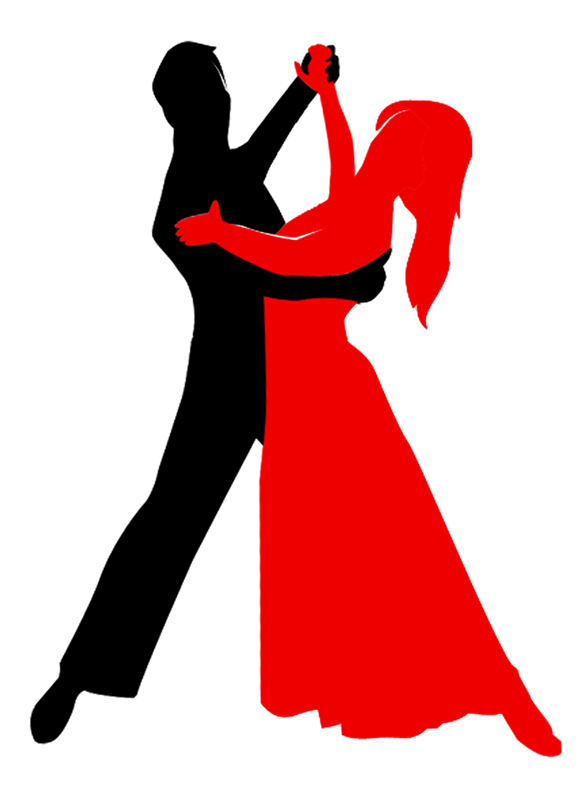 Elvis Crespo
Elvis Crespo - La Bilirrubina – Juan Luis Guerra
- You Burned Me – Chino and Nacho
- Es Mentiroso – Elga Tañón
You shouldn’t have any trouble impressing your friends and family with these Merengue rhythms.
How to Dance Merengue
The Merengue is one of the most popular Latin dances that most westerners aren’t aware of. It has links with the Bolero, as many Latin dances do, but this dance has a more African beat.
In actual fact, Merengue is probably the most fun dance to try out if you’re willing to give it a go.
It may be difficult to find lessons or tutors where you live, but if you have access to one, or thinking of traveling to the Dominican Republic you should definitely give it your all!
📌 Like this article? Pin it…
Missing something? Got tips, tricks & advice we can learn from?
💬 Leave a nice comment or let’s start a conversation below!
“Dear friend! Some links in this post contain affiliate links. Meaning, if you click through and make a purchase, book a hostel or sign up for a tour, I may earn a small commission at no additional cost to you. Your support means a lot and helps me to keep traveling and maintaining the quality of this site for you.”
Meaning, if you click through and make a purchase, book a hostel or sign up for a tour, I may earn a small commission at no additional cost to you. Your support means a lot and helps me to keep traveling and maintaining the quality of this site for you.”
Merengue Dance Lessons Mesa AZ - Merengue Dance Classes Mesa Gilbert
Learn all about the Merengue!
What is the Merengue?
The merengue is a relatively easy to learn but fun and sexy Latin American dance from the Dominican Republic. Its music’s vibrant, cheerful beat makes it a staple of many weddings, nightclubs, and dance parties.
History of the Merengue
The Dominican Republic is generally credited with inventing the merengue, but variations of it have evolved over the years throughout the Afro-Caribbean region. Its indelible roots in the Dominican Republic, however, are such that its distinctive music — also known as merengue — is known as the national music of that country.
Like many dances that grew out of the slave communities of the Caribbean, the merengue’s exact origins are unknown. What is certain, however, is that by the middle of the 19th century, the merengue had become the most popular dance in the Dominican Republic. It’s said that in its infancy, the dance was not a couple dance but one in which participants — both men and women — moved around in a circle. The music itself was controversial in its early years because of its highly suggestive nature. In fact, its name, perico ripiao, means “ripped parrot,” allegedly taken from the name of a brothel where merengue music’s roots supposedly began. As it grew in popularity some attempt was made to ban the music, but the passion for the dance was such that those efforts failed, and the dance remains a perennial favorite throughout the Latin American and Caribbean regions. In the United States, it’s especially popular in east coast metropolitan cities, particularly New York, where it first took the country by storm.
How to Dance the Merengue/Basic Steps
Some points to keep in mind as you learn to dance the merengue:
If you can walk, you can do the basic California Hustle. Line dancing fans will already be familiar with this popular step. It only looks difficult but only because it has so many steps, but it’s very easy. So put on some of your favorite disco records and have a go:
Some points to keep in mind as you learn to dance the merengue:
- Merengue music is written in 4/4 time, and dancers ordinarily move on every beat.
- Hip movements are crucial in this dance, so keep your body supple and flexible. The hip movements, however, come primarily from the bending and straightening of the knees, not from swiveling or twisting.
- Keep your posture upright but not stiff.
- Dance partners start in a closed position.
The merengue starts with the basic step:
- Start in a closed position.
- Begin by shifting your weight on your right foot.
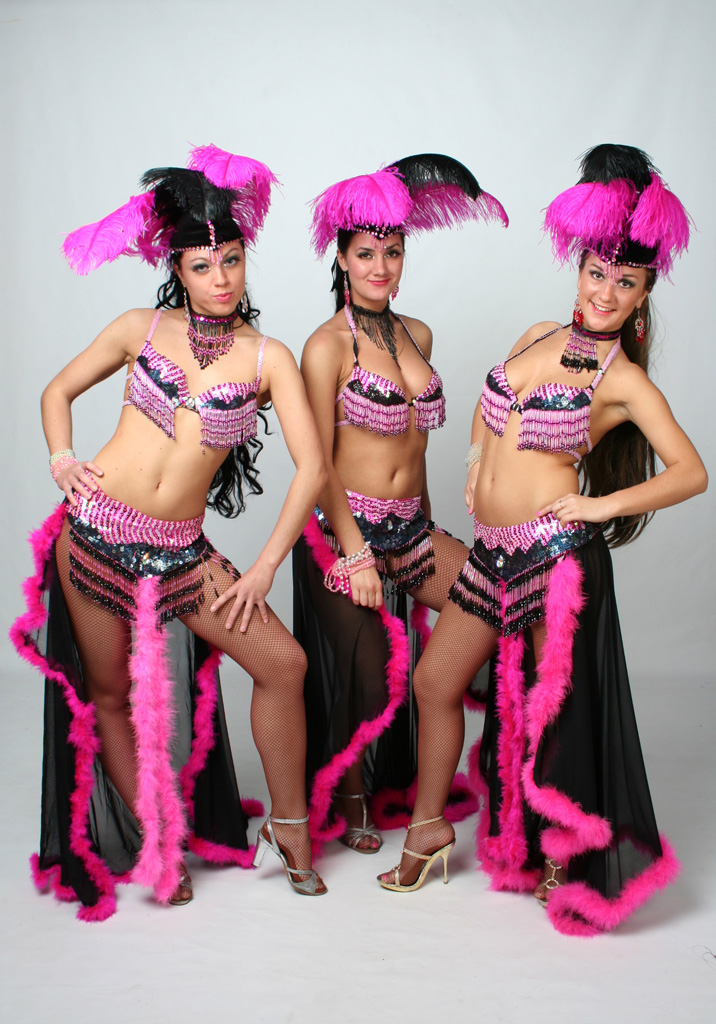
- Step on your left foot, leaning slightly to your left as you do so. Keep your right leg straight but bend your left leg as you step on your left foot.
- Shift your weight on your left foot.
- Slide to the left with your right foot, bending then straightening that leg as you do so.
- Shift your weight on your left foot.
- Close your right foot to your left foot, bending then straightening that leg as you do so.
Great Merengue Songs
- “La Cadena Se Rompio” – Joe Veras
- “Suavemente” – Elvis Crespo
- “Muchacho Malo” – Olga Tanon
- “Con Agua y Jambon” – Los Hermanos Rosario
- “Enamorame” – Papi Sanchez
- “Cuando el Amor Se Dana” – Pedro Peralta
Merengue in the Movies
- “My Blue Heaven” (1990)
- “Manhattan Merengue!” (1995)
Learn the Merengue
Arthur Murray, a Mesa-based dance school, is part of the internationally renowned Arthur Murray Dance Studios system. The Mesa franchise teaches hundreds of students each year with lessons in the merengue, rumba, salsa, ballroom, tango, cha-cha, and others. To schedule your complimentary first dance lesson, fill out our on-site contact form here.
The Mesa franchise teaches hundreds of students each year with lessons in the merengue, rumba, salsa, ballroom, tango, cha-cha, and others. To schedule your complimentary first dance lesson, fill out our on-site contact form here.
Learn other dance styles!
Merengue - how to dance correctly
Merengue is one of the simplest social dances in Latin America. The rhythm and tempo of the music is quite fast, but at the same time, the movements are quite relaxed. Everyone who begins to memorize the basic merengue steps is puzzled - how to dance correctly. The most interesting thing is that beginners usually look at their feet or at their feet in order to do all the steps in the right order. The habit of looking at the floor is formed very quickly and is difficult to eradicate, and in meringue, eye-hand contact is very important. Knowing this, we decided to tell you how to dance correctly.
Correct lead: frame
In closed dances (partners are in a close position face to face) it is very important to maintain the correct position of the hands.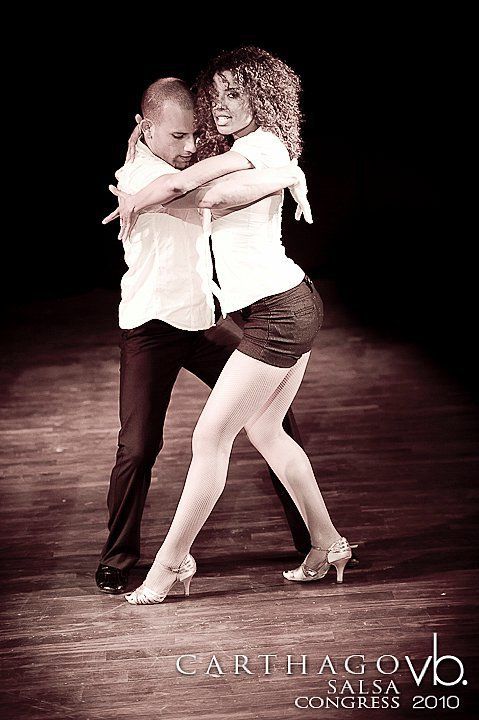 It's called a "frame". The frame implies some tense construction of the partners' hands, which is maintained during the entire dance. In the closed position, the partner's elbow should be on top of the partner's elbow, while the girl puts her hand on the man's forearm or shoulder. Partners keep a straight line from elbow to wrist so that there are no "gaps" between their arms.
It's called a "frame". The frame implies some tense construction of the partners' hands, which is maintained during the entire dance. In the closed position, the partner's elbow should be on top of the partner's elbow, while the girl puts her hand on the man's forearm or shoulder. Partners keep a straight line from elbow to wrist so that there are no "gaps" between their arms.
The frame must also be in an open position, the tension from the wrist to the elbow and from the elbow to the shoulder, as well as the precise fixation of the elbows, ensures the correct lead and guarantee that the partner will catch all the impulses and perform the element that is required of her. In order to correctly complete the closed frame, you must:
- stand straight;
- tighten the stomach and buttocks, stretch the top of the head up;
- spread your shoulders back;
- raise the right elbow;
- fix the right hand on the partner's right shoulder blade.
Practice and confidence
At first, many dancers have some uncertainty in their movements, fear of mistakes, embarrassment, discomfort from increased attention. Leading partners experience special stress, as the confidence of their impulses determines the entire course of the dance. We recommend a lot of practice, working out all the smallest elements, even when you are sure that you know them well.
Leading partners experience special stress, as the confidence of their impulses determines the entire course of the dance. We recommend a lot of practice, working out all the smallest elements, even when you are sure that you know them well.
Self-practice of movements in front of a mirror will help you get used to the look of your body during the dance, notice shortcomings and correct them. In addition, practice helps in the development of muscle memory, when the body, by inertia, executes commands given by music and brain impulses.
Dancer in the center and center in the dancer
Your body movements should start from the center of the body, not in the arms. Both leading and following start from the body, from the point of balance, and the hands only help to keep a stable connection with the partner and transmit signals. Perform balance exercises, for example, the “swallow”, known to many since childhood, will help develop coordination and learn to feel balance. Perfectly help to improve the coordination of the body exercises from yoga "for balance", for example, "tree pose" or "warrior pose".
Perfectly help to improve the coordination of the body exercises from yoga "for balance", for example, "tree pose" or "warrior pose".
Soft hands
When dancing, hand grip plays an important role. Insufficient grip and sluggish "pasta" fingers not only look ugly, but also contribute to breaking the pair's bond during turns and movements with strong inertia. The grip of the hands must be strong, but at the same time soft and plastic, otherwise, by “grabbing” your partner, you will not only not be able to give him a signal, but both will feel discomfort and tension.
General rhythm
Beginning couples who are just learning how to dance merengue correctly often have the problem of a mismatch in rhythm. A fraction of a second and outwardly you are still dancing together, but inwardly you feel an unpleasant vibration. The internal rhythms of different people sound different, but when dancing to merengue music, it is important to find the general heartbeat of the dance.
Merengue dance in the Dominican Republic: how to dance, features
Home » What to see
What to see
Author Administrator Reading 2 min Views 594 Updated
Passionate and incendiary rhythms of Latin America are known all over the world. One of the popular dances, which is adored by the inhabitants of the mainland, originated in the Dominican Republic. But no one knows exactly where the merengue dance originated from. Here are just a few suggestions:
- Dominican composer Juan Bautista Alfonseque composed the melody for dance in the middle of the 19th century. Music fell in love with the inhabitants of the country and in accordance with it a dance arose;
- a similar tune sounded when the Dominican troops defeated Haiti in a fair fight.
 The soldiers, hearing the triumphal music, immediately began to dance a simple dance;
The soldiers, hearing the triumphal music, immediately began to dance a simple dance; - in the Cuban upa habanera dance there is a movement called "merengue". Over time, the Dominicans mastered the movement and, based on it, came up with their own dance;
- the dance was invented by the slaves. They were bound with chains so that they were forced to walk with their legs outstretched. The same movement exists in the national dance;
- one of the heroes of the Dominican revolutions was wounded in the leg during a demonstration. However, the locals revered the hero. When they saw his lameness, they also began to imitate the idol.
Like many Latin American pair dances, the merengue turned out to be passionate and erotic. However, this dance differs from other Latin dances in a lighter presentation. All movements are based on flirting and improvisation. It is not so important for partners to make movements technically correct and synchronously. It is much more important to convey your feelings to the audience. Sometimes it even requires solo elements.
Sometimes it even requires solo elements.
However, the main movements and rules of the dance can be distinguished. The first and most important movement is a walking step to the beat of the music. There can be several such steps, at the request of the partners. For beginner dancers, only the continuation of this walking step causes difficulties: after it, you need to smoothly move in the opposite direction, to the right.
The step is complemented by a large number of figures: the body, hips and shoulders of each partner constantly rotate. The position of the partners relative to each other is similar to a waltz: from it the dancers make turns clockwise or counterclockwise and “paso de la empalizada”. Another distinctive feature of the dance is that the dancers are constantly in physical contact. Even if the elements are solo and require some kind of personal space, the dancers always hold hands. In Latin American versions of merengue, partners cannot even move away from each other: throughout the dance, the bodies are tightly pressed against each other.